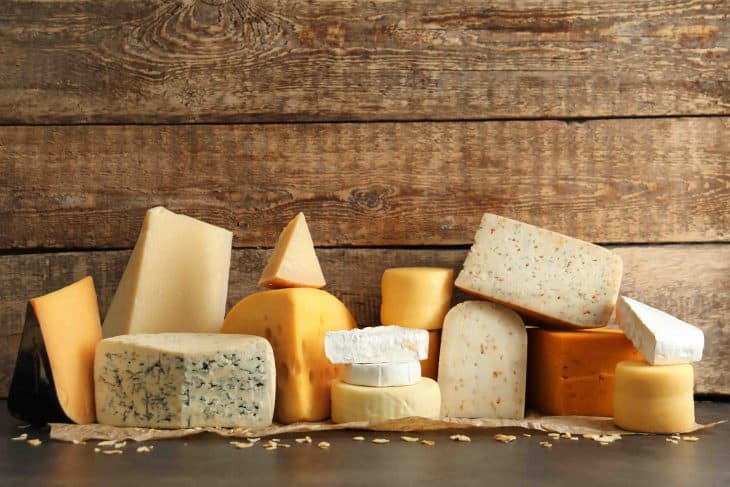
Familiarizing yourself with the different types of cheese comes with enjoying both food and wine. Cheese adds the best flavor to most dishes. This ingredient that comes with an array of textures boosts well-loved meals like pasta and barbecue. Plus, learning about the variations of cheese helps you enjoy your favorite bottle of wine.
When cooking, you usually find common cheeses like mozzarella or cheddar, especially in easy-to-cook recipes. Using aged or fresh cheese makes your meal taste so much better. Meanwhile, most people probably learned to arrange a charcuterie board just to enjoy the cheese with wine. But how does cheese make almost every dish taste better? Why does drinking wine feel more sophisticated or fancier when you eat cheese with it? Just check out our list and see for yourself!
Distinguishing Different Types of Cheese
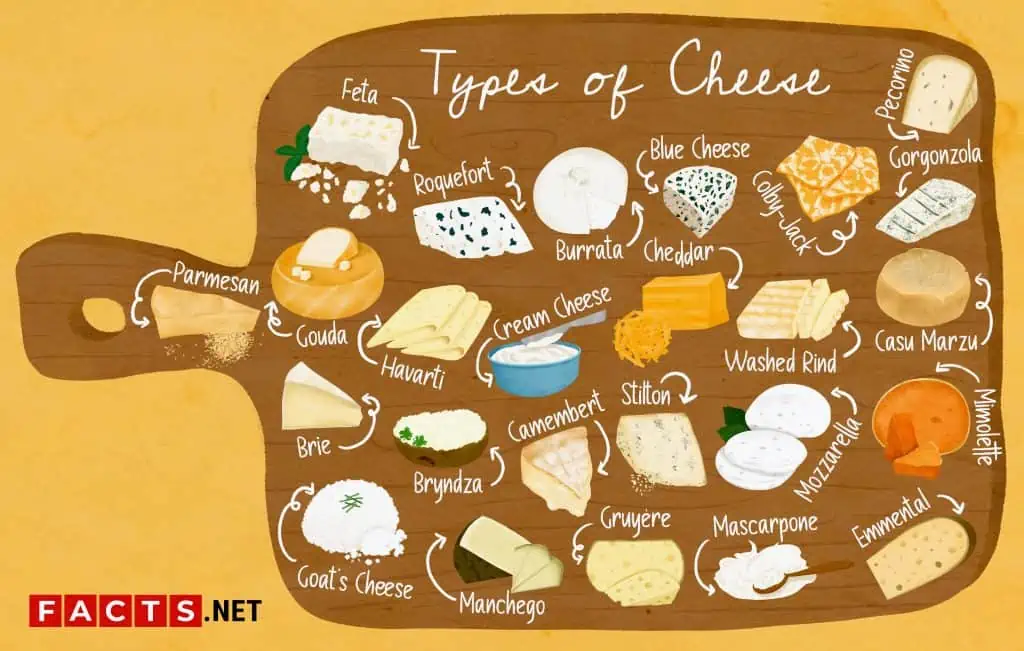
The different types of cheese that we know of fall under different categories. Cheese or wine connoisseurs use the categories to determine which type of cheese works well with different wines and meat. To put things simply, the various types of cheese you know of fall under hard cheese, semi-hard or medium-hard cheese, white mold cheese, blue mold cheese, fresh cheese, and goat’s cheese.
Point out the textures of the types of cheese you eat.
Before we talk about our types of cheese list, we want to teach you about their distinct textures and flavors. Trust us when we say learning how to tell the difference between cheese textures helps you appreciate its taste. Plus, knowing the hidden flavor notes of your favorite cheese encourages you to savor more every time you take a bite of the soft and creamy dairy product.
First off, you don’t have to head to cheese delis to find Hard or Semi-hard cheese. Hard cheese’s flavor consists of complex taste notes of melted butter and hazelnut. Because of its umami taste, hard cheeses get mixed into soups or sauces to get a smoother taste and aroma. Meanwhile, semi-hard cheeses attract cheese lovers with their milder taste especially when grated. You often find this kind of cheese with a cloth or wax coating when bought.
Next, you might spot white or blue mold cheeses on the fancier side of food. Their textures add creamy and earthy flavors to any dish. Adding white or blue mold cheeses to your cheeseboard presents a bolder selection of flavors. Now, you don’t have to be a cheese expert to point out a washed rind cheese. This kind of cheese is also known as stinky cheese because of the pungent smell that builds up as the cheese matures.
Finally, the somewhat familiar taste of fresh and goat’s cheeses doesn’t come as a surprise to most people. We often find their flavors in comfort food like pizza or simple pasta. These cheeses stand out with their tangy and versatile tastes. However, fresh cheeses carry a sharper note compared to goat’s cheese’s slightly bitter aftertaste.
Burrata

Don’t fall victim to people who hate Burrata. And so, we advise you to try out the cheese’s unique mild flavor before jumping to conclusions. One thing you should know is that Burrata’s flavors originate from fresh mozzarella curds and cream.
Slice open your Burrata and witness the flavorful creamy center seep out. Its well-balanced flavors go well with tomatoes, olive oil, and a few slices of honeydew.
Mascarpone
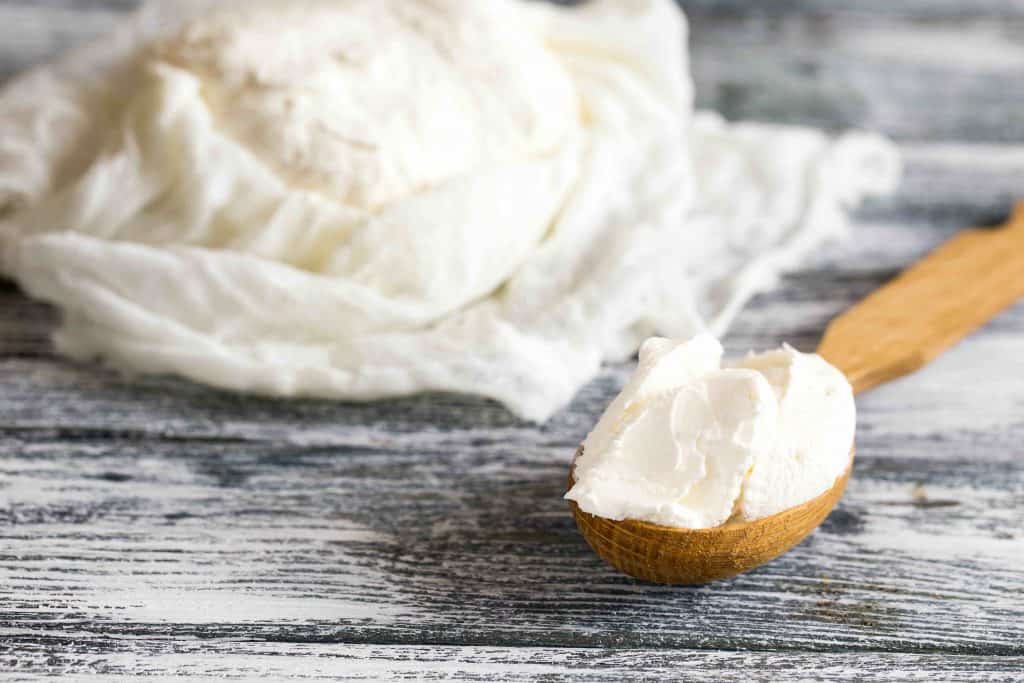
We know mascarpone as one of the types of cheese made especially for baking. Your stomach might retaliate if you ever pair fresh mascarpone with wine you have on hand. Aside from milk, the soft white cheese is made with lemon juice and heavy cream. This combination of ingredients is your sure ticket to multiple trips to the toilet if you pair it with wine. To avoid this, we advise you to drink wine with savory mascarpone dishes instead.
The mascarpone we know and love came from Lombardy, Italy, in an area near the south of Milan. Its early origins date back to the late years of the 16th century or the early parts of the 17th century. The easily spreadable cheese is one of Lombardy’s most prized specialties. Some people use it as an alternative in thickening freshly-made risotto. Pastry chefs and home cooks also use it to substitute cream cheese in some cheesecake recipes. Nowadays, we commonly associate it with the famous Italian dessert, tiramisu.
Mozzarella Cheese

Of course, mozzarella holds a special place in our types of cheese list. The delicious flavor of this Italian cheese comes from matured cow or buffalo milk. We’re all familiar with the way this fresh cheese melts into the stringy consistency that we stretch out while eating.
Most of our beloved pizza and pasta recipes will never taste the same without mozzarella. Substituting other cheeses feels like a sin too. They can never match mozzarella’s dense texture and light creamy aroma. Because of its distinct flavor, this Italian cheese goes well with tomatoes, olive oil, and a bottle of red wine.
Cream Cheese
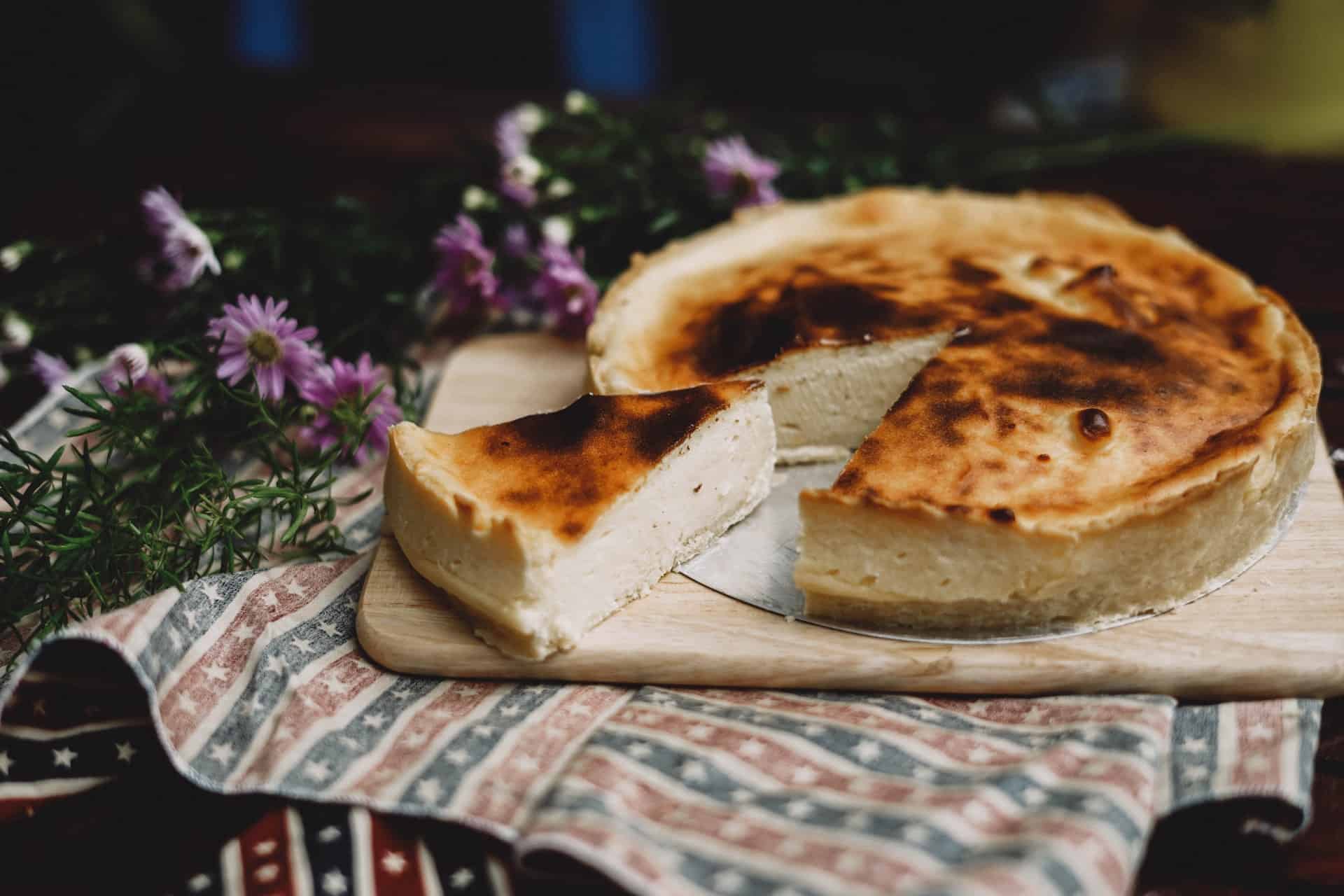
Here comes one of the most versatile types of cheese on our list. Cream cheese’s claim to fame stems from its decadent flavor. It also comes out as an essential ingredient to most dishes like pasta and cheesecake.
Cream cheese’s balance of acidic taste made most cheesemakers produce variants mixed with garlic or herbs. You can enjoy its versatile flavor by serving it with pasta, bread, and a bottle of sharp white wine or wheat beer.
Cheddar Cheese
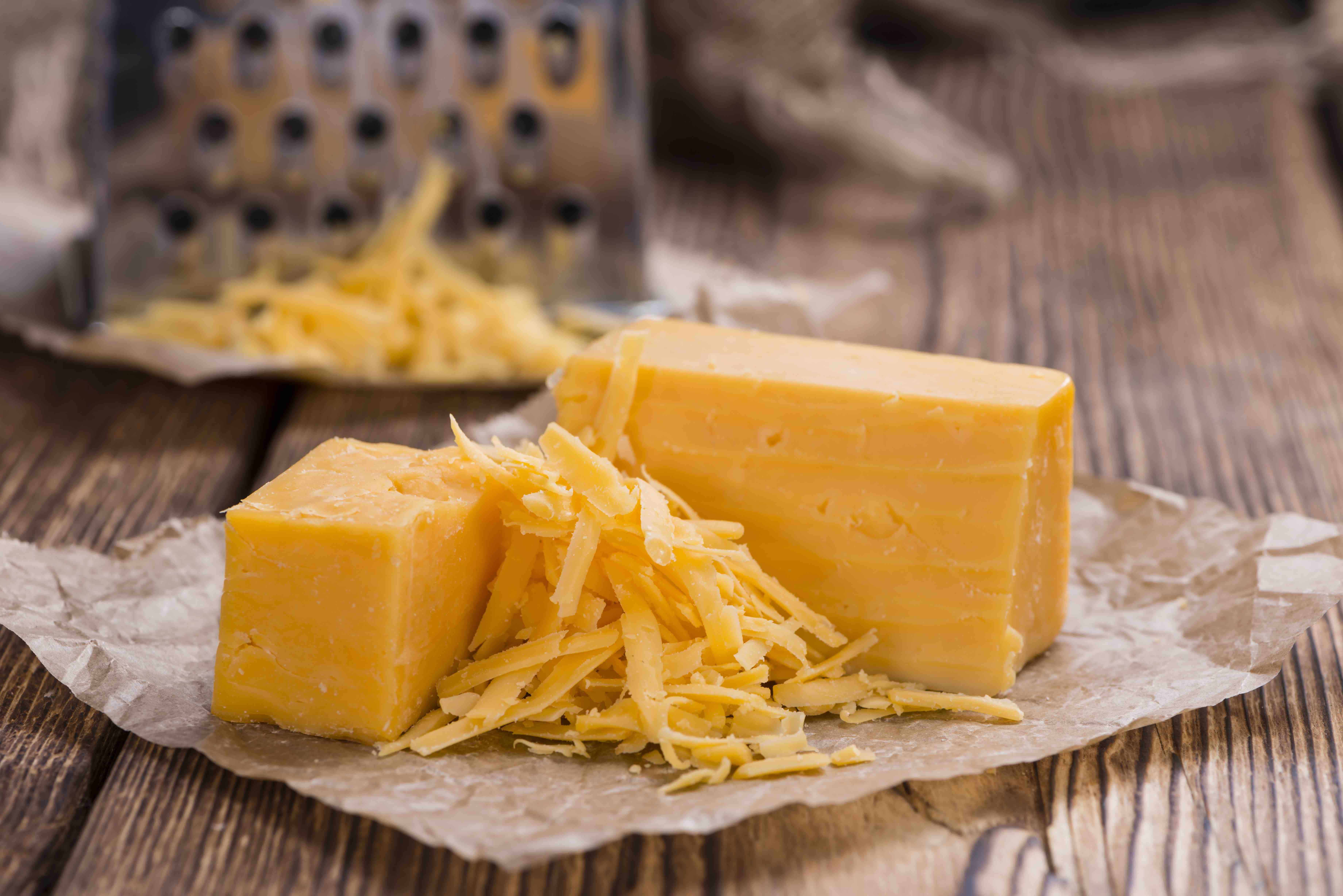
Most cheese lovers and casual foodies have probably already heard of Cheddar Cheese. This type of cheese requires no introduction because it made its mark on global cuisine. The maturity period of cheddar lasts from two months up to two years. The beloved cheese originated from Somerset, United Kingdom.
Nowadays, cheddar cheese comes in numerous variations. Some sellers even add chili or black pepper to intensify the flavor of cheddar. On the other hand, you can enjoy a few slices of cheddar cheese with a bottle of dry red wine and some pear.
Parmigiano-Reggiano or Parmesan
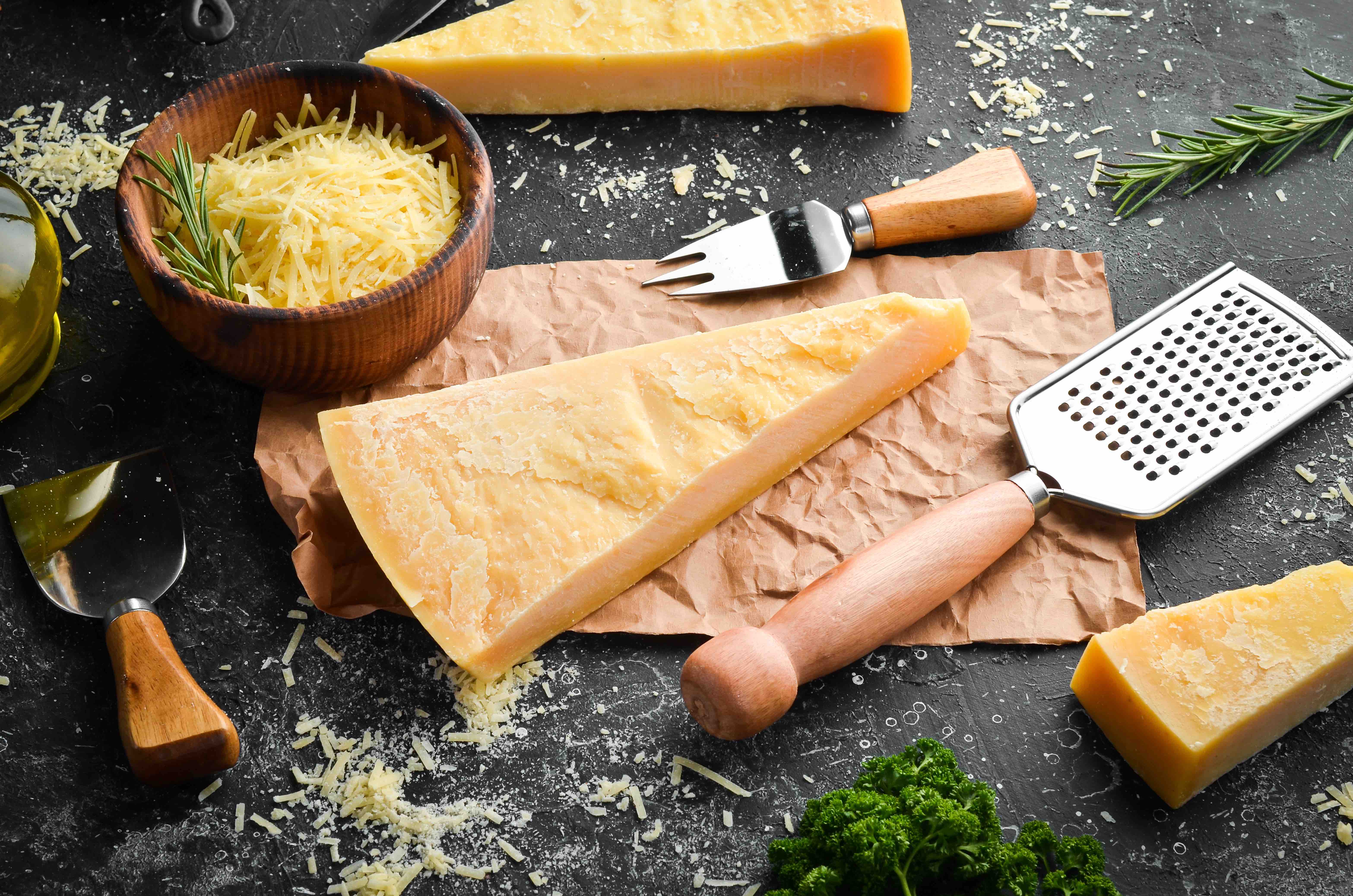
Among all types of cheese, this Italian favorite adds a fancy flair to most of your beloved dishes. Parmigiano-Reggiano, or Parmesan, stands out with its firm texture and full-bodied taste. You can enjoy it with walnuts and a bottle of sparkling wine like champagne. Italy takes pride in producing their famous cheese by aging them for more than a year. Because of this, Parmigiano-Reggiano maintains its distinct flavor for the enjoyment of all cheese lovers like us.
This may surprise you but the grated parmesan you bought from your local store might not be authentic. You can only try the notable rich taste of Parmigiano-Reggiano if it came straight from Italy. The country’s protectiveness over the famous cheese led companies to issue an exclusive barcode on each Parmesan wheel.
Pecorino Cheese or Pecorino Romano

Pecorino cheese made its way to some of the most famous Italian dishes you know about. Often compared to Parmigiano-Reggiano, Pecorino features the delicious taste note of caramelized butter. Because of this, serving Pecorino with honey, figs, and your favorite bottle of white wine enhances its taste.
Italians first produced Pecorino Romano in Sardinia. They created the classic cheese with sheep’s milk instead of the usual cow’s milk. Unlike Parmesan, cheesemakers age Pecorino cheese for only five to eight months.
Camembert

Don’t be fooled by the various imitations of Camembert cheese. Authentic Camembert only comes from the milk of cows from Normandy, France. Because of this, Camembert holds a creamier sweet flavor than Brie. To intensify its taste, serve a slice of Camembert with figs, cherry jam, and a bottle of sparkling wine.
Feta
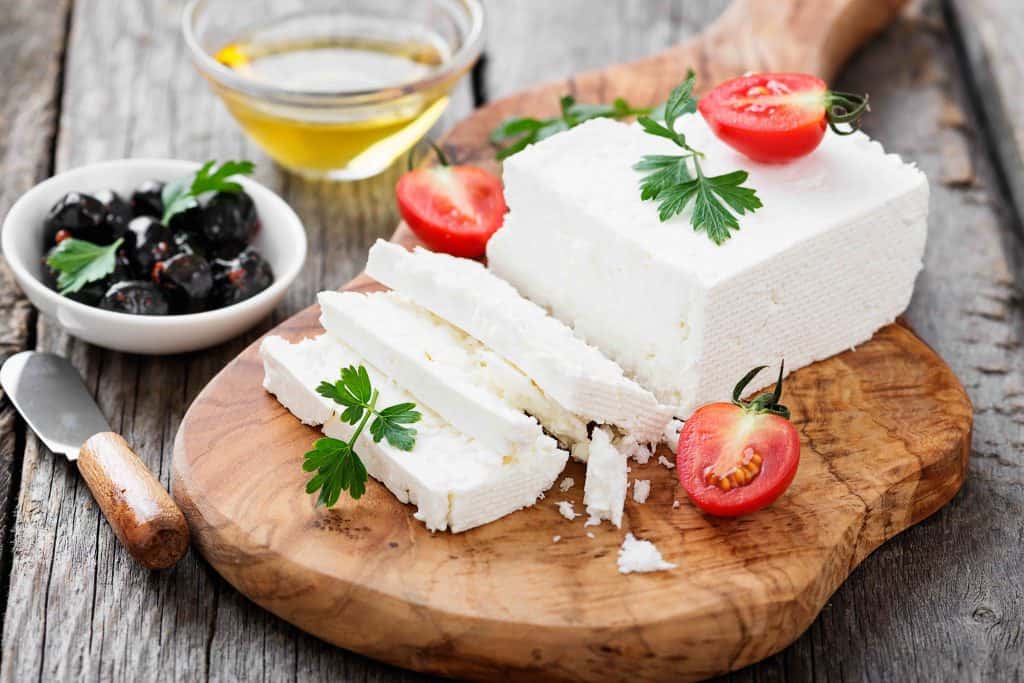
Feta gained more fame when a simple baked feta pasta recipe became viral on various social media platforms. This beloved Greek delicacy stands out with its creamy and crumbly texture. You can distinguish it from other cheeses by taking note of its unique tangy and salty flavor.
Cheesemakers traditionally create Feta using milk from sheep and goats. You usually find this cheese in most salads and pasta restaurants. You can enjoy Feta by itself or by pairing it with fresh tomatoes, olives, red bell pepper, and a bottle of delicious fruity red wine.
Gouda Cheese

One of the types of cheese that we love to add to sandwiches shares the name with the town it came from. Gouda’s sweet nutty flavor makes it the best partner to a glass of bitter beer or deep red wine. It also goes well with most meats that we add to sandwiches.
Gouda cheese comes from the milk of sheep, cows, or goats. After maturing, the cheese showcases a light beige appearance with a mild aroma. Later on, the Gouda cheese’s flavors become more piquant when it crystallizes while aging.
Blue Cheese
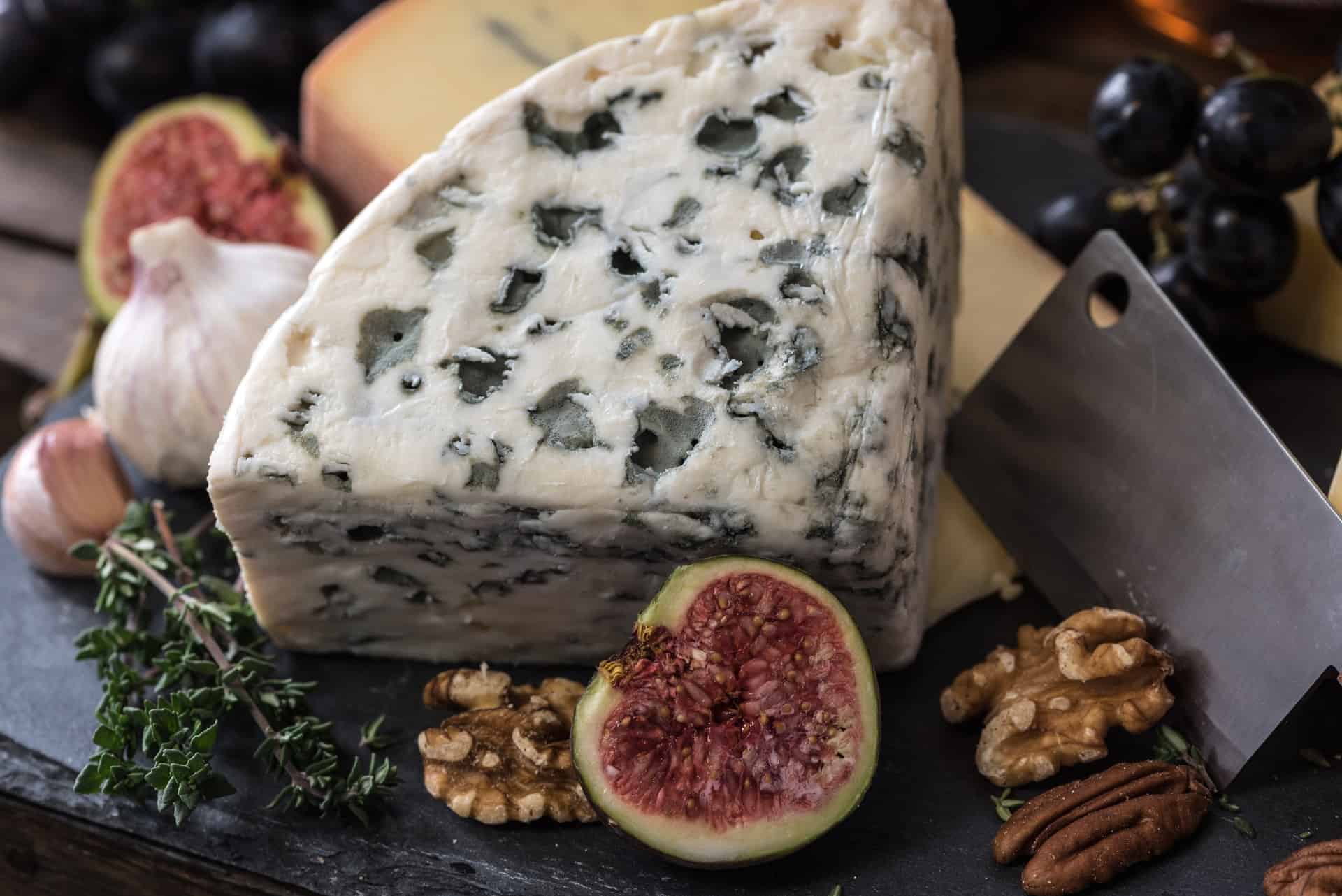
Unlike most of the blue mold cheese we mentioned, you can usually find Blue Cheese in most stores. However, this mass-produced blue mold cheese still holds fancier flavors compared to other commonly sold cheap cheese alternatives.
Most cheesemakers produce large amounts of Blue Cheese with goat’s milk. Because of this, this blue mold cheese features a sharp clean aroma with small taste notes of earthy mushrooms. To intensify its flavors, serve a few chunks of Blue Cheese with sliced pairs and walnuts with a drizzle of honey.
Brie Cheese

Brie holds a special place in most of the French cuisine we love. You can still find authentic Brie made by hand in Seine-et-Marne, France. People love using this type of cheese for its mild creamy flavor. Apart from that, Brie became known for its taste notes of browned butter and mushroom.
Before fermenting this favored French cheese, cheesemakers add cream to the Brie mix for higher fat content. Afterward, they put in small amounts of lactic acid to produce the cheese’s lightly balanced flavor. Because of this, the Brie we know of holds a creamier flavor that goes well with cured ham, and other known components of a charcuterie board.
Gruyère Cheese

Another well-loved Swiss cheese is Gruyère. Much like Emmental Cheese, producing Gruyère holds a significant part in Switzerland’s history. Surprisingly, its rich taste comes from cow’s milk just like most types of cheese.
Young Gruyère cheese comes out dense at first and soon ages to a flakier consistency with time. You can point out Gruyère cheese from others with its fruity taste notes that eventually evolve to a nutty flavor with a mild earthy aftertaste. Because of this, this famed Swiss cheese pairs best with berry jams, pears, and grapes.
Roquefort Cheese
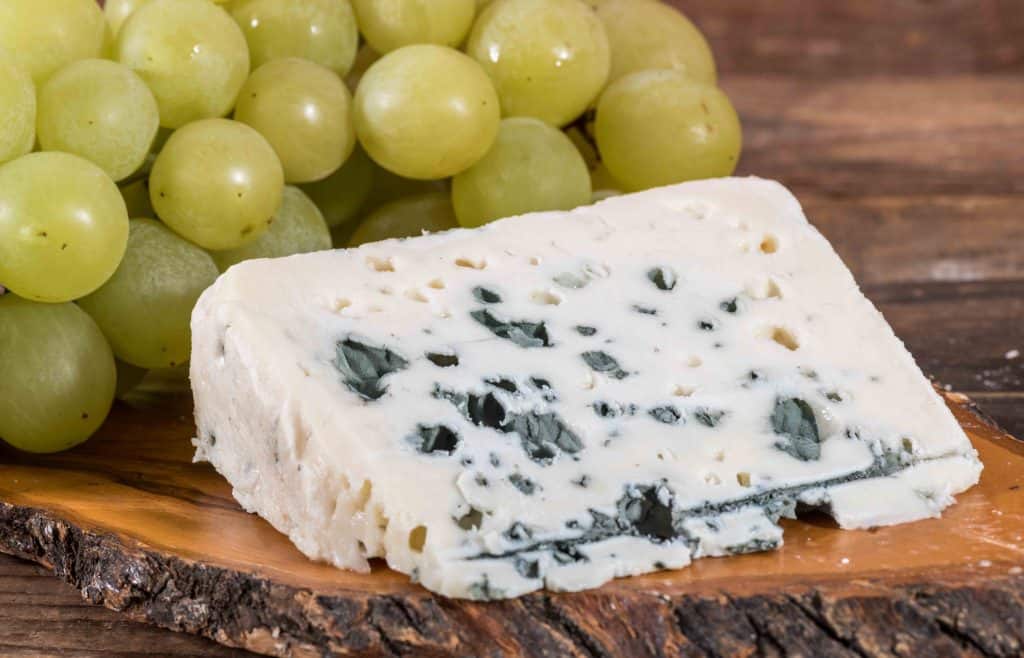
Often compared to Gorgonzola, Roquefort cheese originated from the Southern region of France. This kind of blue mold cheese comes from the milk of Lacaune sheep. Because of its exclusivity, Roquefort cheese comes straight from accredited cheesemakers in France.
The fungus Penicillium roqueforti produces the Roquefort cheese’s notable blue mold. It also gives the famous French cheese’s sharp and tangy taste. To further enjoy this cheese, pair a few slices of Roquefort cheese with walnuts, apples, and your favorite bottle of red wine.
Goat’s Cheese or Chèvre

Cheese experts usually prefer to call goat’s cheese by its French name, Chèvre, especially if it came directly from France. To put things simply, they call it chèvre because it means “goat” in French.
Just like cream cheese, goat’s cheese offers versatile flavors that go well with different dishes. Plus, people with lactose intolerance can enjoy Chèvre without any worries because it contains low lactose levels.
Casu Marzu
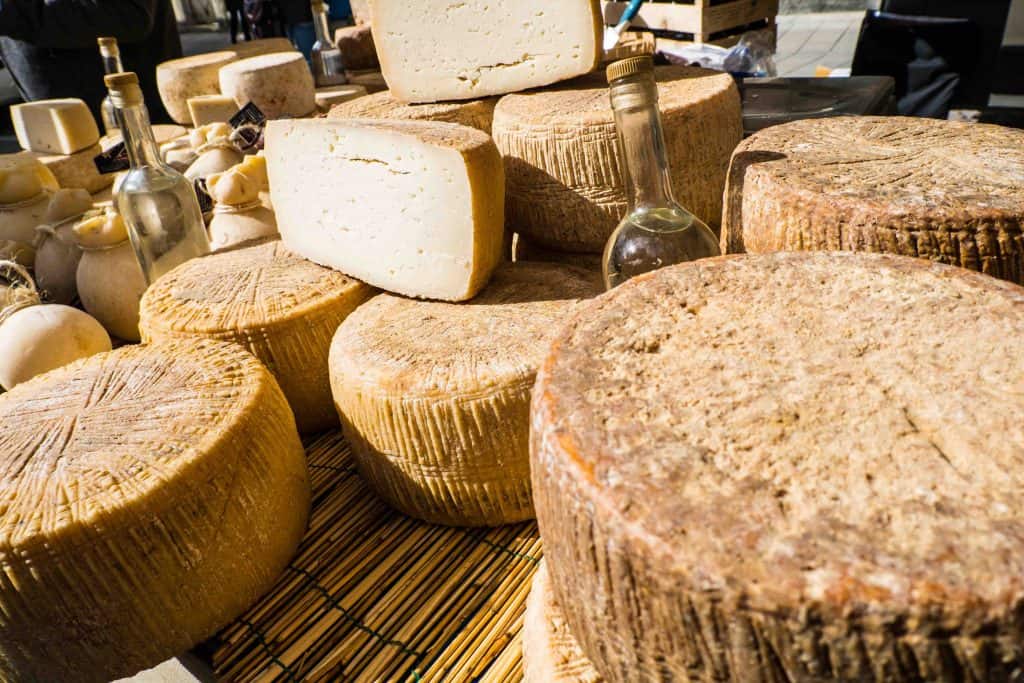
Aside from the beloved Pecorino Romano, Sardinia is home to one of the most dangerous types of cheese. Casu Marzu, or Casu Martzu, comes from sheep’s milk aged with thousands of maggots. Because of safety issues, various countries placed a ban on the international distribution of the infamous cheese.
Manchego Cheese
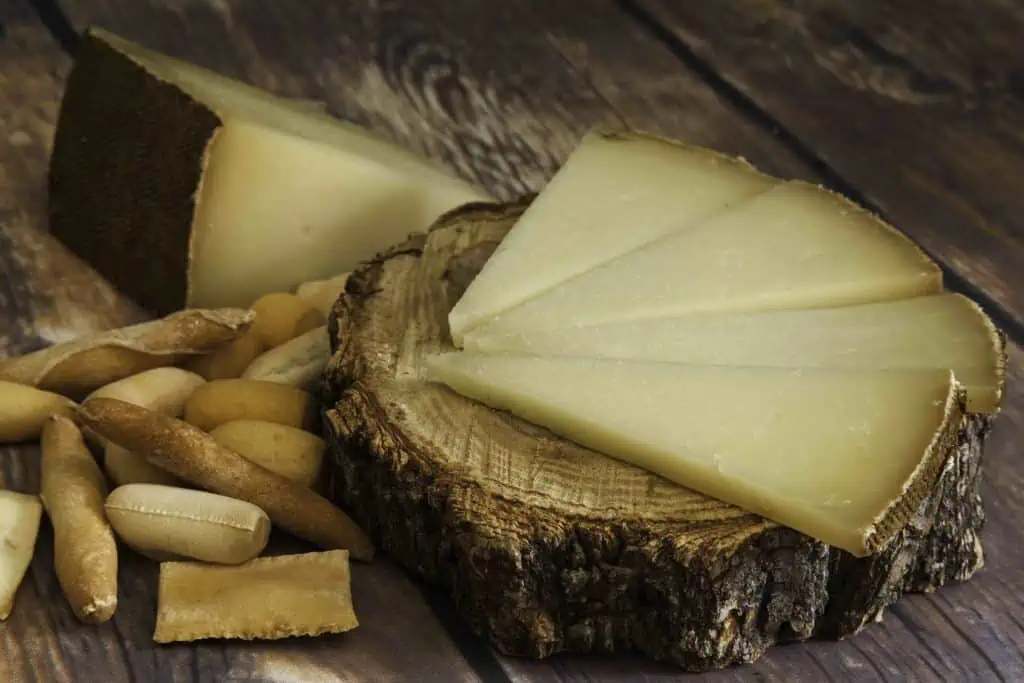
Just like most of the types of cheese on our list, Manchego cheese shares the name of its place of origin, La Mancha, Manchego. Cheesemakers age the favored cheese by using sheep’s milk. Because of this, the finished product holds a creamier consistency that granulates as time passes.
You can point out Manchego cheese from other cheeses by remembering its light nutty flavor that fades to the light taste notes of sweet fruit and spice. To enjoy its array of flavors, go ahead and pair your stock of Manchego with figs and roasted walnuts drizzled with honey.
Havarti Cheese
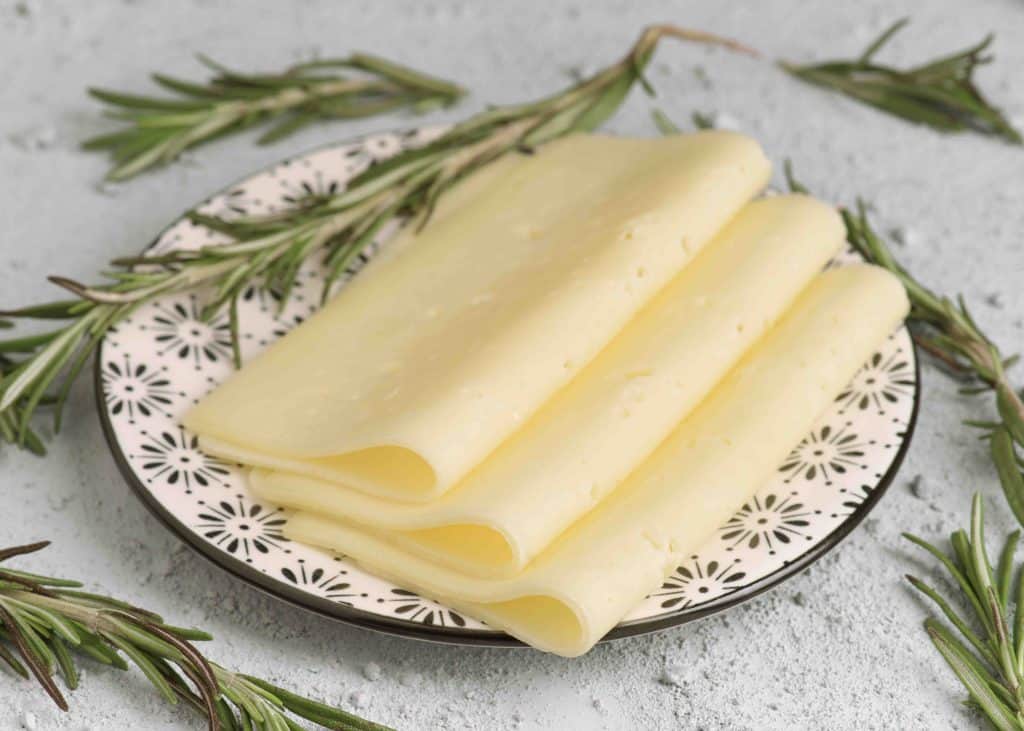
Despite its white-colored insides, Havarti cheese earned its special place in our types of cheese list. People easily mistake it as cream cheese when served in slices. However, you can tell it apart from other white cheeses with its subtle sharp flavor.
The popular Havarti cheese originated in Denmark. As it ages, Havarti’s flavors become sharper. Some cheese connoisseurs compare its matured flavor or texture to that of Cheddar cheese. You can enjoy both young and mature flavors with a bottle of light white wine or pilsner beer.
Emmental Cheese
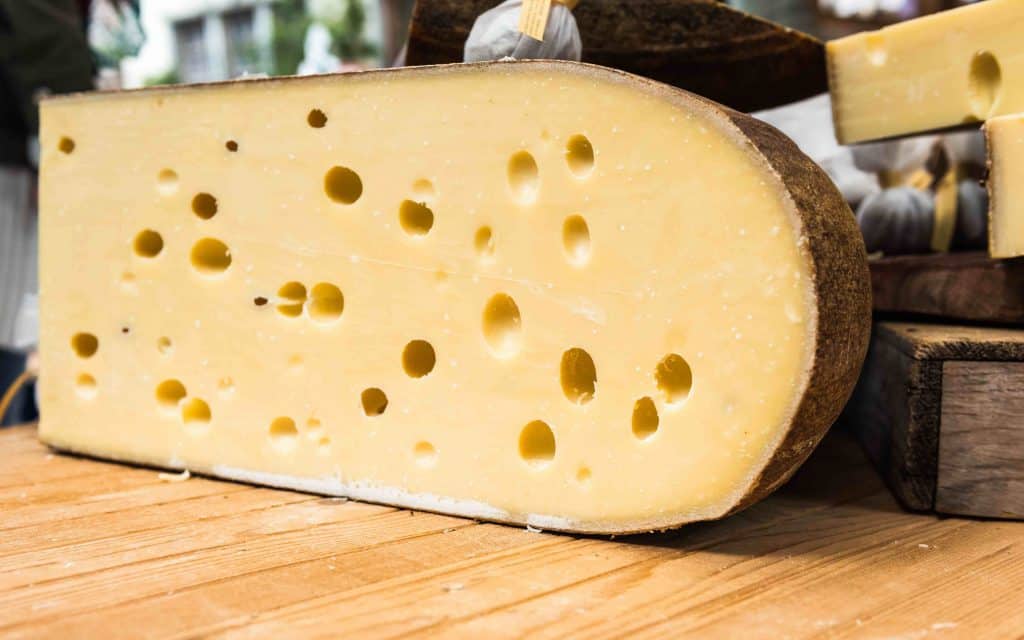
Switzerland takes pride in producing the famous Emmental cheese, which also goes by the name Emmenthal, Emmenthaler, or Emmentaler. This Swiss cheese’s production dates back to the 13th century near the valley of River Emme in the region of Bern. Because of this, experts consider Emmental cheese as the oldest kind of Swiss cheese.
The Emmental cheese is known for its meticulous production. Only the unpasteurized milk of the cows that ate the grass in an exclusive area can be used in making the famed cheese. With this, Emmental cheese continues to hold the distinct smooth buttery and fruity flavors we all know and love.
Mimolette

Mainly produced in France, Mimolette cheese’s origins can be traced back to the 17th century. At that time, King Louis XIV’s chief minister banned the import of several foreign goods. The said ban included the trade of the popular Dutch cheese Edam. To substitute the famous cheese, King Louis XIV French subjects crafted their version of the Edam. To make their rendition distinct, they seasoned the dairy product with some annatto, giving it its unique orange color. The finished product became the beloved Mimolette cheese we know and love today.
At present, it’s rare to find Mimolette at any grocery, market, or cheese specialty store in the USA. Officials from the Food and Drug Administration (FDA) implemented a ban over the import of beloved French cheese. They came to this decision after detaining and inspecting about a ton of Mimolette. Upon investigation, the FDA found large traces of mites per square inch. These mites may cause severe allergic reactions to regular consumers of the cheese. However, other nations disagree with this and continue to import Mimolette.
If you get the chance to enjoy some Mimolette, we suggest you pair it with some champagne or sparkling wine. The French cheese’s intensity between sharp and mild taste notes goes well with the sweetness of white and fruity wines. You may also try rustic wines like French Malbec, Carignan, or Cabernet Sauvignon. Munching on some walnuts or pears also enhances Mimolette’s flavor.
Stilton Cheese
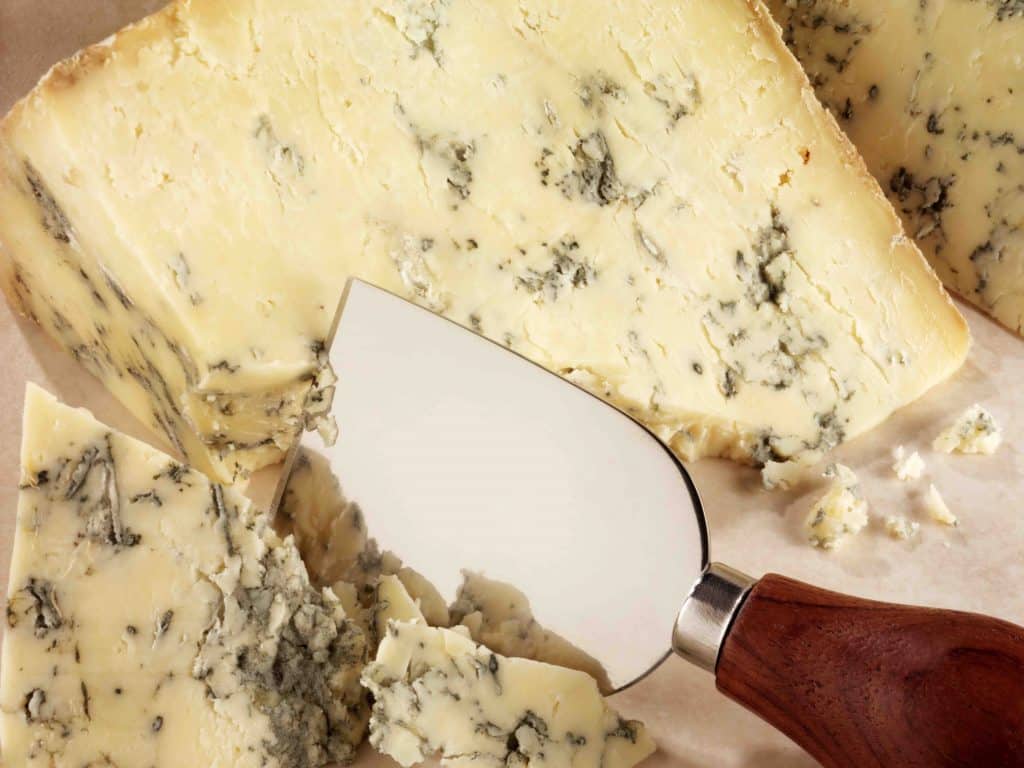
Don’t call yourself a cheese expert if you haven’t experienced the rich flavors of Stilton cheese. This type of blue mold cheese features a creamy nutty taste that leaves a delicate flavor in your mouth. Plus, it’s less moist than most blue mold cheeses. You can further enjoy Stilton’s distinct taste notes with sliced apples and walnuts drizzled with honey.
Gorgonzola Cheese
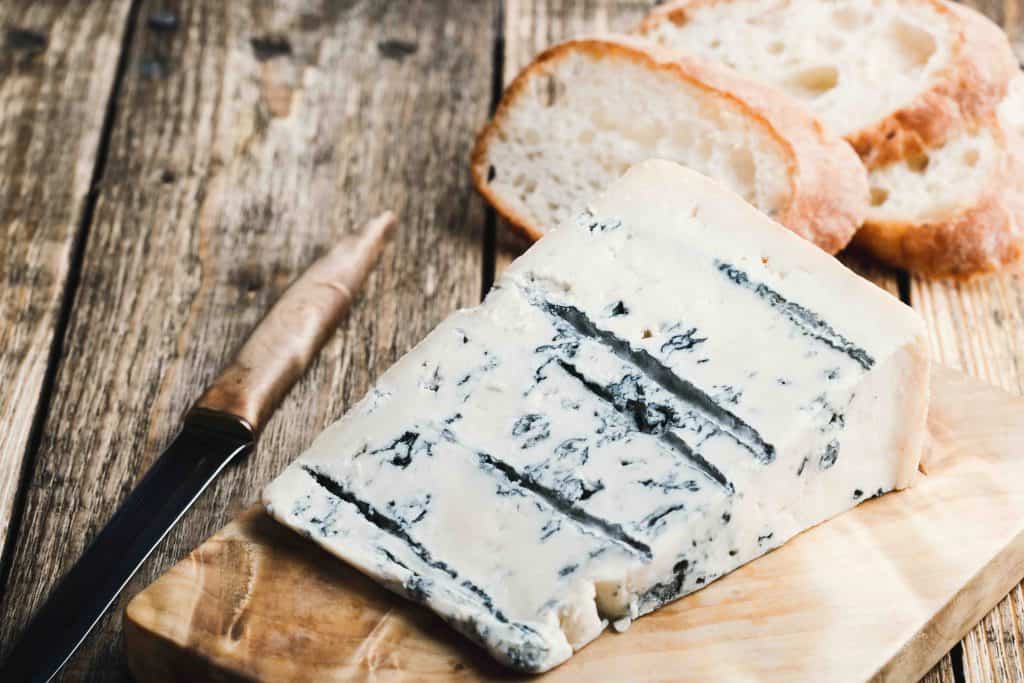
Gorgonzola cheese stands out among other types of cheese with its unique blue mold. Don’t let its appearance or strong scent intimidate you. The cheese’s strong flavors boost the simplest pizza, risotto, or pasta.
Just like most cheeses, Gorgonzola cheese shares its name with its place of origin, Gorgonzola, Italy. Its notable salty flavor comes from unskimmed cow’s milk. Similar to other blue mold cheeses, cultivated bacteria produce Gorgonzola’s blue veins. To fully enjoy its strong flavors, you can eat Gorgonzola with honey, grapes, and pistachios.
Bryndza
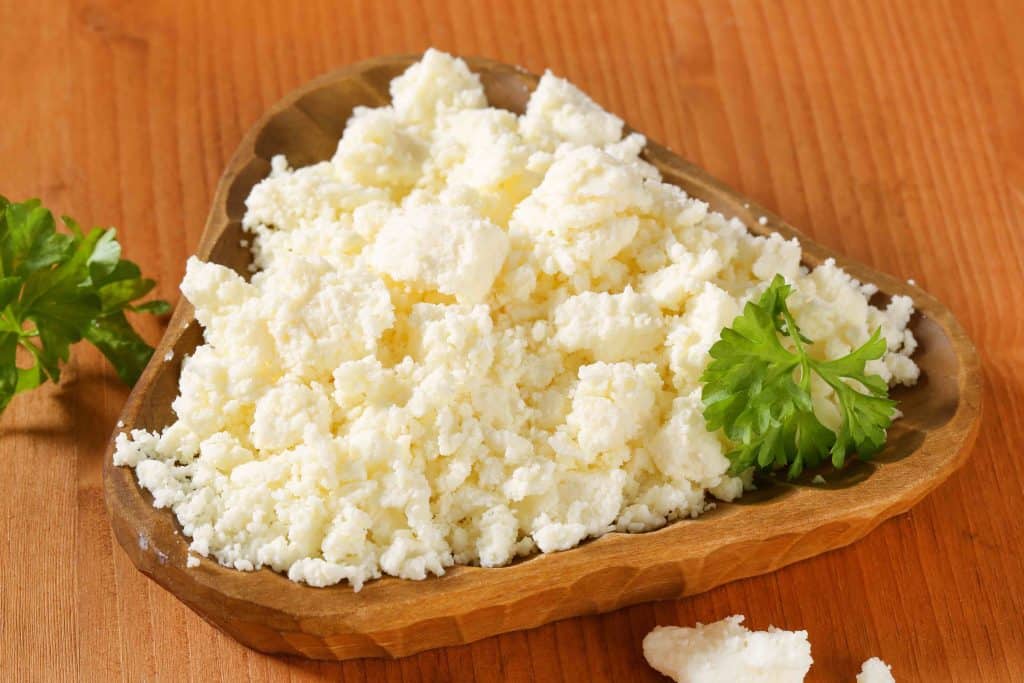
Bryndza belongs to soft types of cheese made with sheep’s milk. Its history dates back to the era of the Wallachians. Around the 14th and 17th centuries, the group traveled from Romania and made a home in the Slovak Carpathian Mountains. One of their pastoral traditions included producing a variety of cheese. Bryndza is formed by crumbling and remixing fresh and aged sheep’s milk cheese. Nowadays, this creamy white variant is mainly produced in Slovakia. However, you may also find freshly-made Bryndza in Romania, Moldova, Poland, Russia, Ukraine, Serbia, Hungary, and Moravia, Czech Republic.
Unlike most creamy and white cheeses, Bryndza stands out for its strong smell and flavor. White and soft cheeses like mascarpone or cream cheese bring subtle scents and mild tastes. In contrast, Bryndza offers a tangy scent and flavor to its consumers. Because of this, we suggest you pair this crumbly cheese with Pilsner beer, vodka, or gin. Due to Bryndza’s unique texture, we discourage you from eating it with red wines like Malbec or Cabernet Sauvignon. Doing so might leave your mouth with a chalky and pasty sensation that lasts for about a day.
Washed Rind Cheese or Stinky Cheese
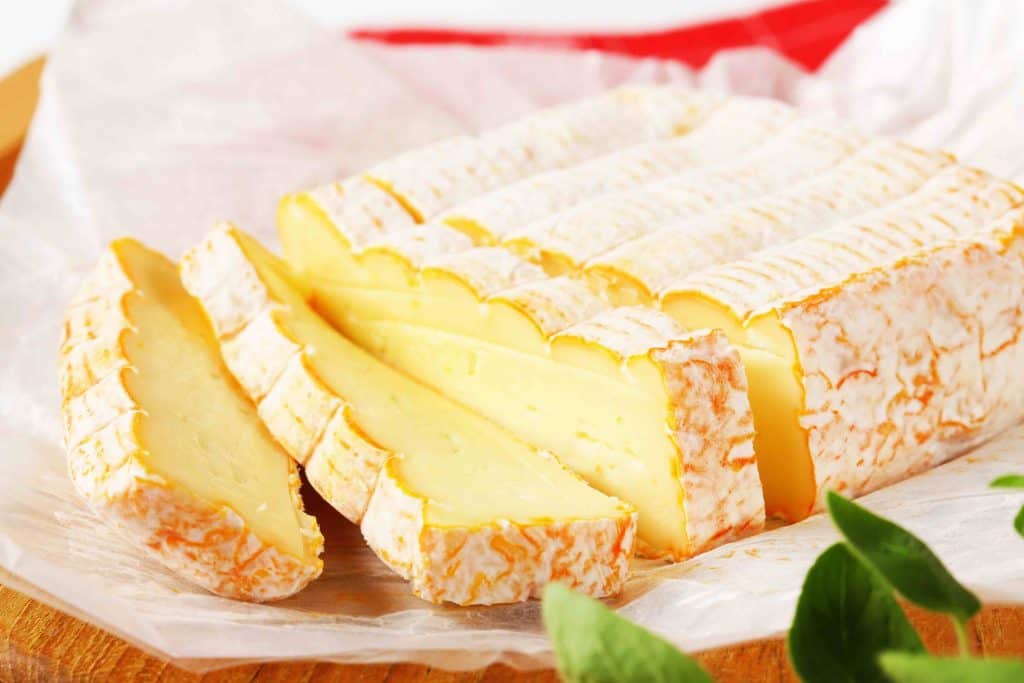
You must bear the pungent smell of Washed Rinse Cheese before you can enjoy it. It’s obvious why most cheese experts also call Washed rind cheese Stinky cheese. It’s too true to its moniker that some fans of this type of cheese dedicate a separate refrigerator to store it away from other food.
The cheese’s strong scent comes from washing its rind. The washing produces mold growth that creates good bacteria for the cheese. With this, the enhanced taste of Washed Rind Cheese develops along with its pungent aroma.
Colby-Jack Cheese
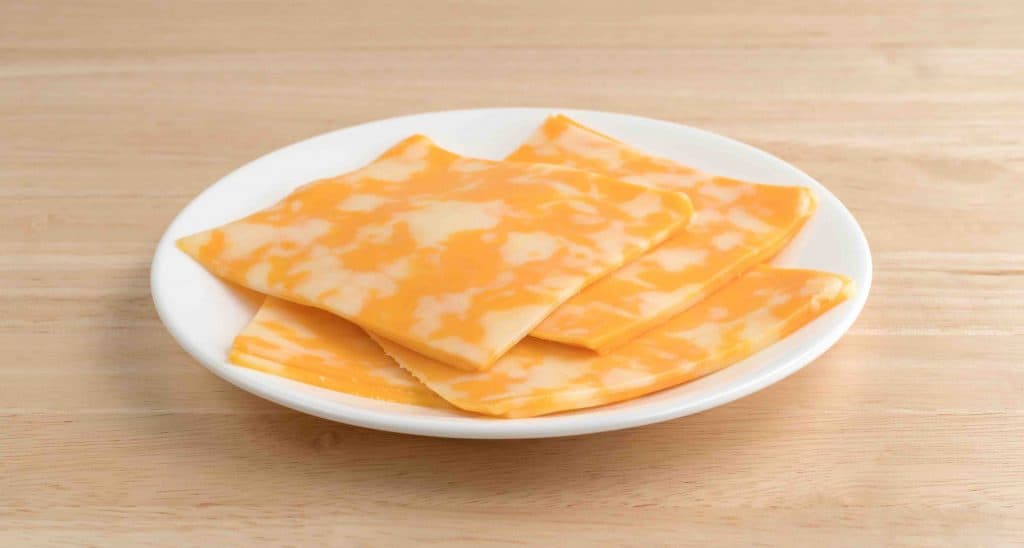
Colby-Jack is one of the best and worst American cheeses we can find almost anywhere. Its marble blend came from mixing American cheeses, Colby and Monterey Jack. The cheese’s combination of flavors caused the love-hate relationship from cheese lovers. Even the most experienced cheese experts struggle to pinpoint the mild, sweet, sharp, and tangy tastes from a small or large chunk of Colby-Jack. Because of this, it earned a spot on the list of Worst Rated Cheeses in the USA.
Despite its confusing flavors, Colby-Jack adds beautiful color to beloved cheese dishes like nachos, sandwiches, and french fries. When it melts, it brings out a vibrant orange and pale yellow color that makes meals more appetizing. The smooth bite you get from Colby-Jack goes well with light and fruity red wines. We suggest you pair it with a glass of Zinfandel or Pinot Noir.
Pair the different types of cheese with your favorite wine.

The bold flavors found in different types of cheese make them the best snack partners to various kinds of wine. However, you don’t just pair whatever cheese you have to your favorite bottle of chardonnay. You can easily find a cheese-wine pairing guide online, or just use the simple instructions we prepared for you.
Before you head to the store or deli, remember to just work with what you have at home. Don’t stress yourself out with preparing cheese and wine especially when entertaining guests. Save your money and check your stocks before spending on anything too fancy for that cheeseboard you want to arrange.
If you have hard cheeses like cheddar or Parmigiano-Reggiano, you can serve them with medium-bodied red wine like cabernet sauvignon or rioja. Meanwhile, bottles of pinot noir or rosé go well with white mold cheese like brie and camembert. On the other hand, if you found some blue mold cheese like gorgonzola or stilton inside your fridge, you can pair them off with a bottle of sweet sherry or sloe gin.
For your spare goat’s cheese, serving it with a bottle of sauvignon blanc adds a boost to both flavors of the wine and cheese. If you hope to get off your spare champagne, you can drink it with some washed rind cheese like Taleggio or Reblochon. For cheese fondues, spice it up with a bottle of Moscato.
Was this page helpful?
Our commitment to delivering trustworthy and engaging content is at the heart of what we do. Each fact on our site is contributed by real users like you, bringing a wealth of diverse insights and information. To ensure the highest standards of accuracy and reliability, our dedicated editors meticulously review each submission. This process guarantees that the facts we share are not only fascinating but also credible. Trust in our commitment to quality and authenticity as you explore and learn with us.
